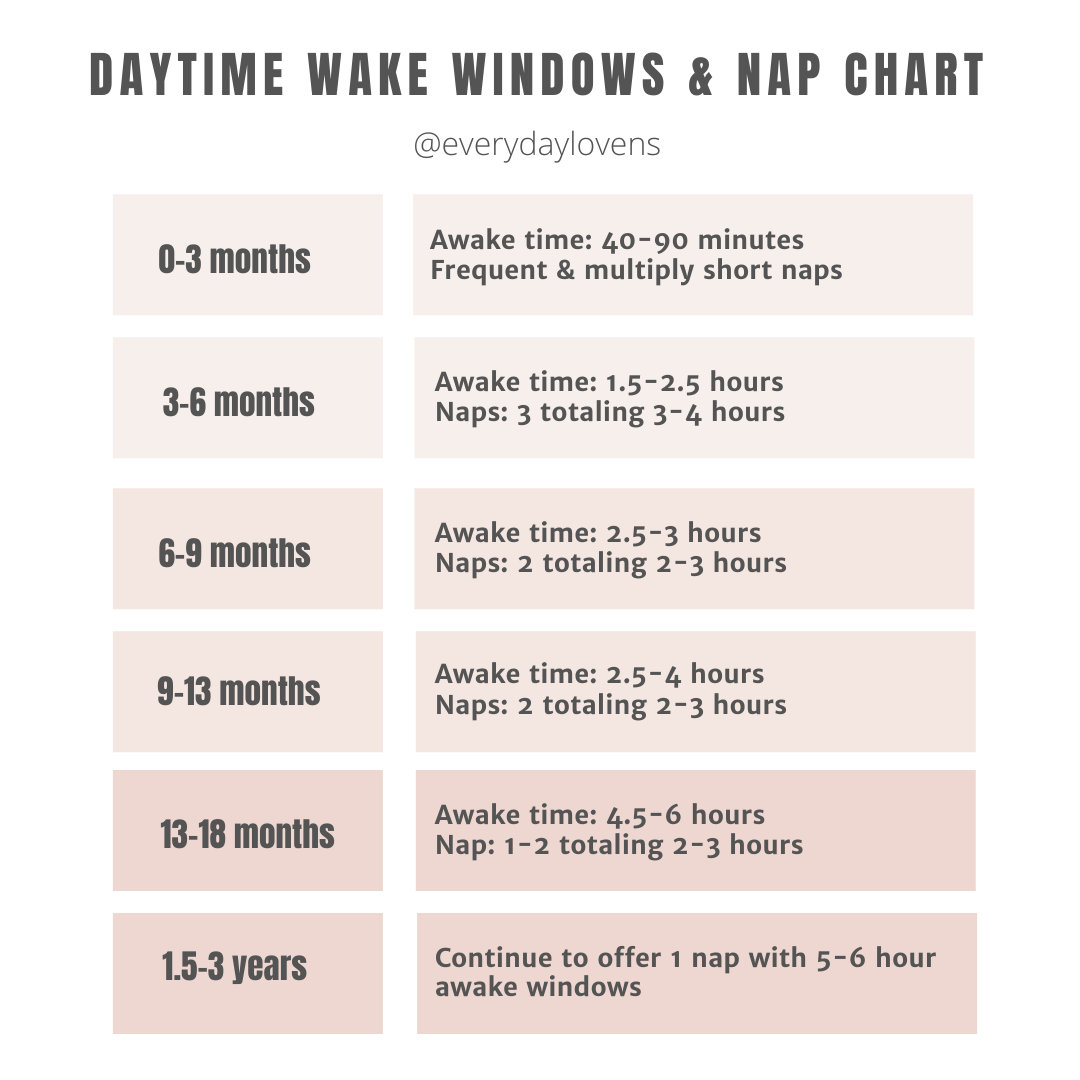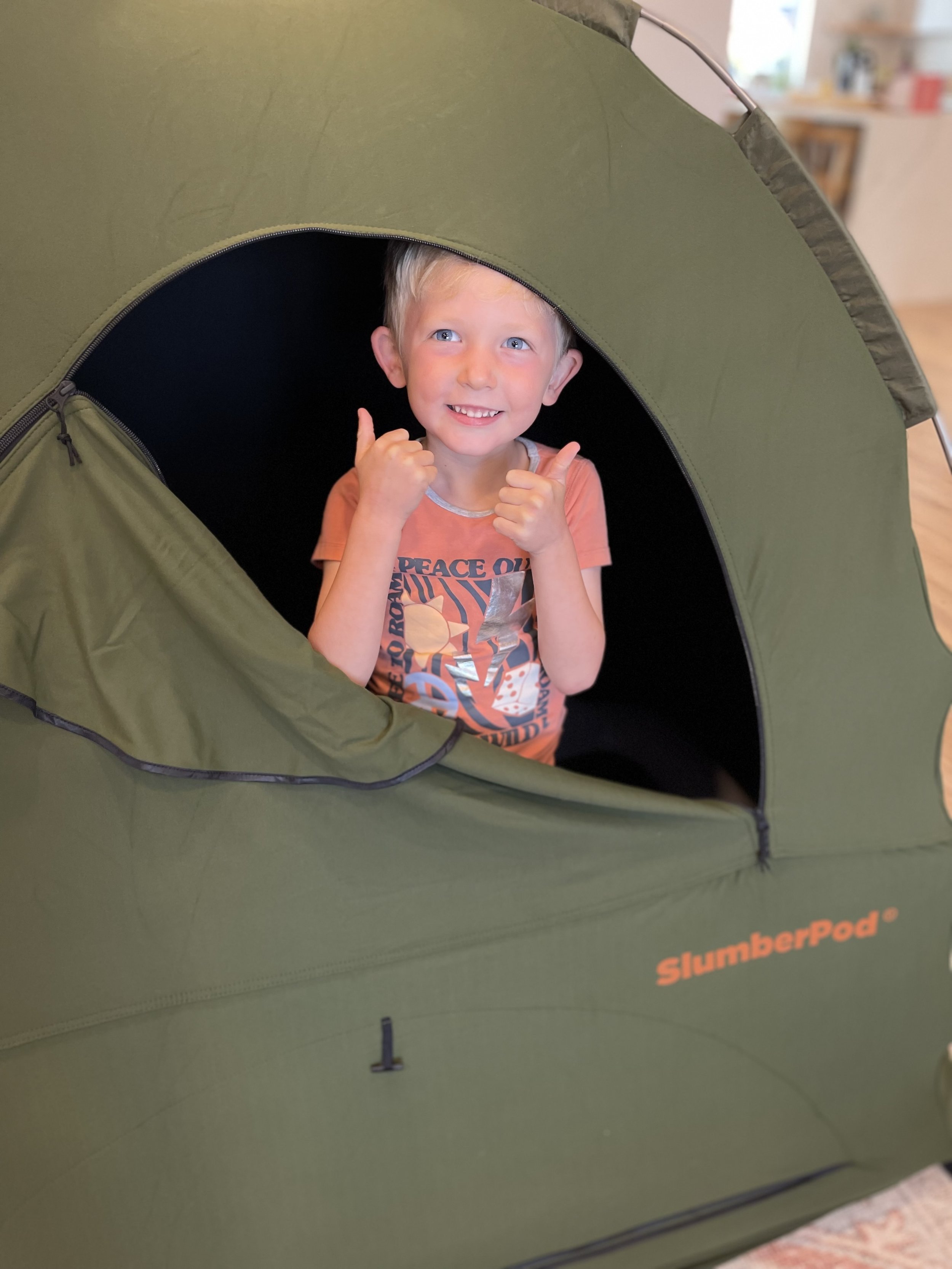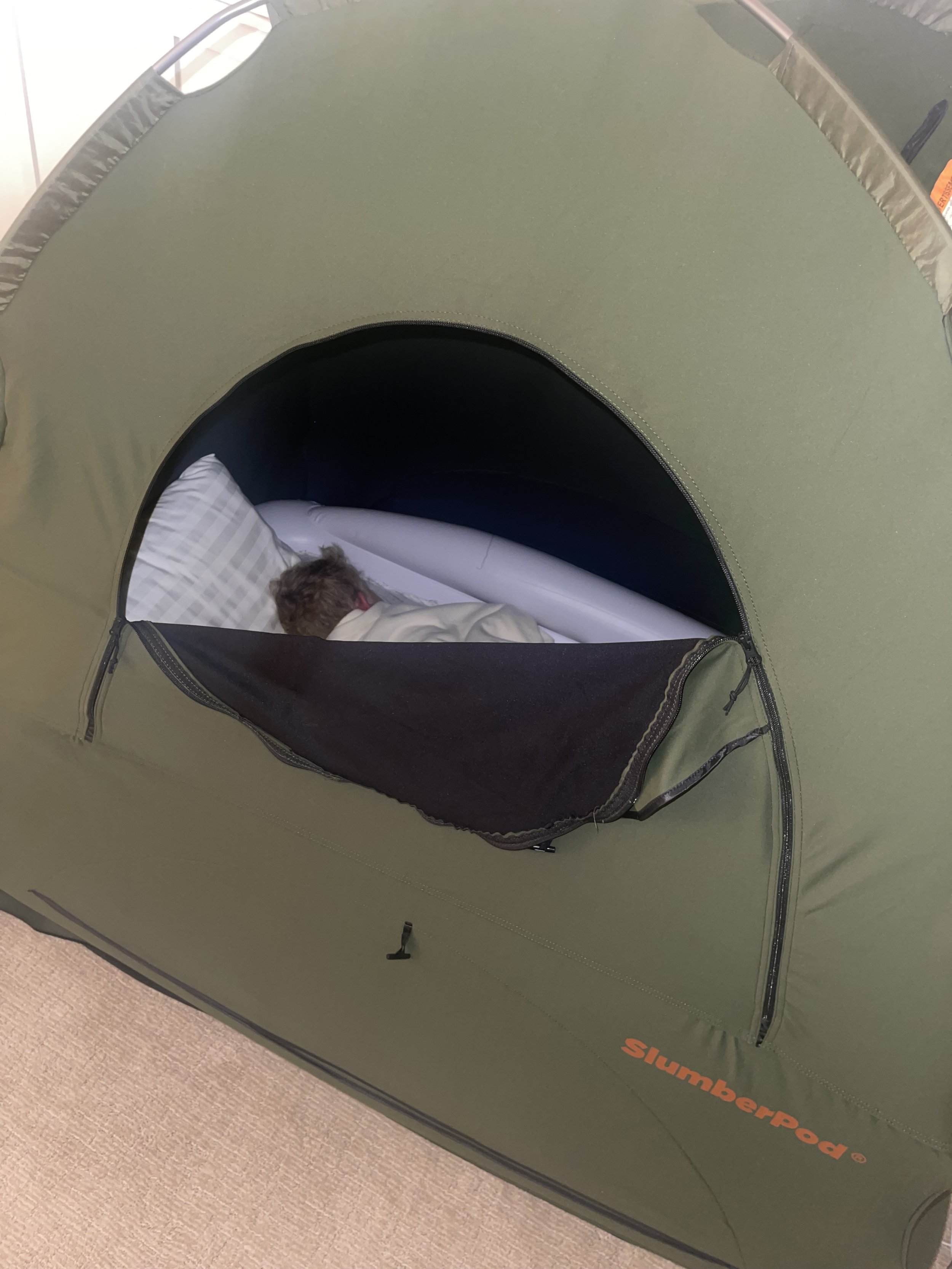Age Appropriate Awake Windows- Slumberpod Guest Blog
When exhausted parents reach out to me, one of the first questions I ask is about awake windows. How much awake time are they giving their child before offering a nap or bedtime? All too often, these awake windows are much too long.
An overtired baby has a harder time calming, falling asleep and staying asleep. Being overtired is the #1 culprit for early morning wake-ups too. So how do you know if your baby is tired? Here are a few sleep cues to look for:
Getting Sleepy: Baby may start being uninterested in toys or maybe even you; looking off into space and giving cues like red eyebrows. Start working on your nap/bedtime routine now to get them to sleep before they are overtired.
Time For Bed: This is when you will see more signs like yawning, red eyes, and fussing. Now is the time to get your child in bed so they can fall asleep. Allow enough time so that you don't skip your regular bedtime routine. You can adjust and make it a bit shorter if needed, but always offer a consistent routine to help signal that it is bedtime.
Overtired: Your baby may become inconsolable, show signs like red eyes or pulling at their ears. You may even see a burst of energy. This “second wind” is definitely a sign that they are overtired. When your baby is overtired, you may find that it takes longer to get your little one to settle and fall asleep.
Still struggling to understand sleep cues?
Along with the sleep cues listed above, you may also use their age-appropriate awake windows as a guide to know when to offer their next sleep. During the first 4-5 months, I suggest following a routine rather than a strict schedule. Babies and children thrive on a routine, and you may notice things feeling easier once you have a good routine in place.
Here are some age-specific guidelines that I recommend:
0-3 months: The maximum awake time during the newborn stage is 60-90 minutes. This is often just enough time to change a dirty diaper, feed your baby, snuggle and change another dirty diaper before they doze off. Naps in the early months are often short and frequent.
3-6 months: Naps should be offered after 1.5-2.5 hours of awake time. Most often this allows for three naps. Around the 5-month mark is when we start seeing naps consolidating from short snoozes to longer naps.
6-9 months: You will start seeing your baby consolidate to two naps with 2.5-3 hours of awake time in between.
9-13 months: At this age, naps should be offered after about 2.5-4 hours of awake time between each sleep. The shortest awake window should be offered in the morning while the longest awake window is between the last nap and bedtime.
13-18 months: This is the most common time to transition to 1 nap with 4.5-6 hours of awake time. Make sure to offer an early bedtime if the nap is short to avoid them becoming overtired.
18 months-3 years: Continue to offer a nap with 5-6 hours of awake time. Your child is usually ready to drop the nap altogether between 3-4 years old. It’s still important to offer a “quiet time” until they are able to go from morning wakeup to bedtime without major meltdowns. It’s also wonderful for parents and caregivers to have some downtime in the middle of the day, too.
I am available to help you and your family manage awake windows and more. See my bio below — and I encourage you to follow me on Instagram for more tips.
SLUMBERPOD AFFILIATE DISCOUNT EVERYDAYLOVENS$20



